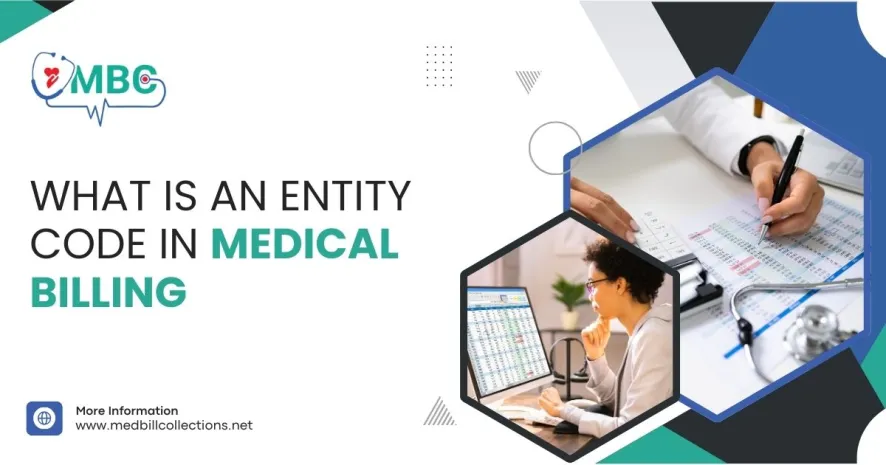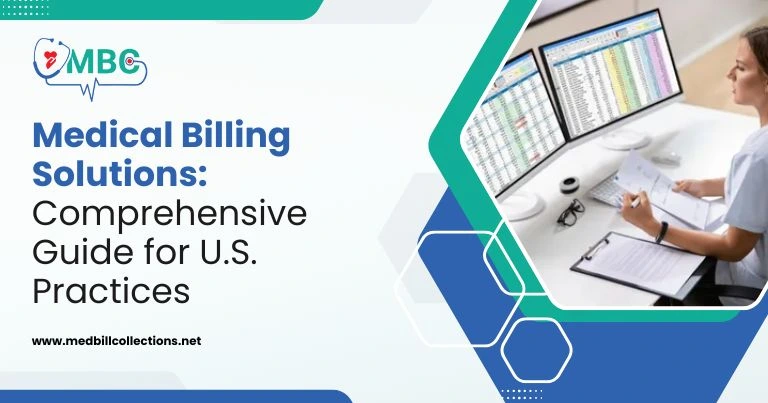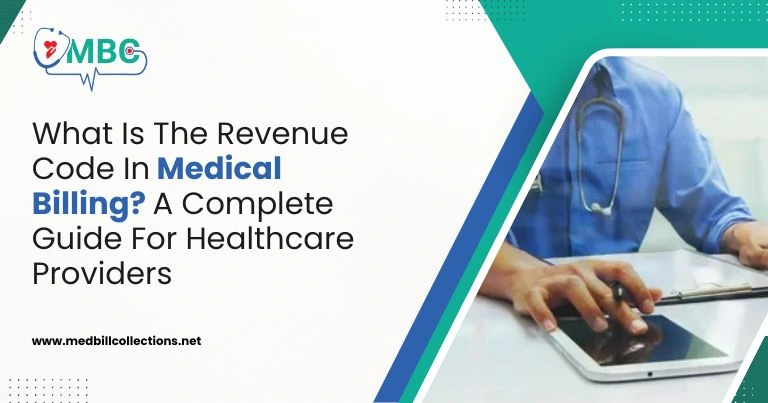In healthcare billing, making errors is unacceptable. A small coding mistake can cause you to miss important deadlines, get rejected, or have payments denied. If your claim has been turned down and the reason is not clear, the code may be responsible.
To start with, what is an entity code in medical billing? It lets the insurance company understand if the bill is from a single doctor, a group of doctors, or a facility. If you fail to submit proper information, your insurance provider might reject your claim without even checking it. It greatly affects the processing of claims by both clearinghouses and insurance payers.
In this blog, we’ll break down what it means, how it works, and why using the correct entity code is critical to keeping your revenue flowing.
Entity Code an Overview
Basically, what is an entity code? It is a set of numbers or letters that helps identify the provider, supplier, or organization in a claim. The code is a way to specify who is providing the medical care: a single physician, a medical group, or a facility.
Insurance companies need these codes to ensure the forms regarding your claims are handled in the proper way. These codes are usually included on CMS-1500 and UB-04 claim forms.
A claim might be rejected or put on hold if there is a mistake in the entity code.
What Is an Entity Code in Medical Billing?
So, let’s clarify the entity code meaning in this context. This code distinguishes between different parties involved in a patient’s care. For example, if a medical group is billing for services rendered by an individual provider within that group, both may have different identifiers.
The entity code for medical billing helps insurance systems know how to categorize and verify the claim details. In many cases, clearinghouses and payers use entity codes to check if the billing provider and rendering provider are aligned properly in the payer’s system.
Why Is the Entity Code on Claim Important?
A missing or incorrect entity code on claim can result in denials. This often triggers what’s known as a clearinghouse rejection code, notifying you that something’s wrong. Rejections may include notes like “invalid entity code” or “entity code mismatch,” and fall under a general category of entity code rejection.
In short, if your code doesn’t match the payer’s records or expectations, the claim won’t go through. This is where understanding what is an entity code in medical billing becomes essential for every billing team.
Common Reasons for Entity Code Rejection
Healthcare practices often face entity code rejection for a few reasons:
- The wrong provider type was listed.
- The provider’s NPI (National Provider Identifier) doesn’t match the payer’s profile.
- Claims were submitted under a group NPI instead of an individual NPI (or vice versa).
- Missing rendering or supervising provider information.
When this happens, the claim is rejected by the clearinghouse with a rejection code that includes a short description. To fix the issue, the biller must verify provider roles and update the information before resubmission.
How Clearinghouses Use Clearinghouse Rejection Codes
Clearinghouses act as middlemen between providers and payers. They use clearinghouse rejection codes to identify issues like format errors or coding mismatches. When an entity code on claim doesn’t fit the expected format or value, a rejection gets flagged before the payer ever sees the claim.
It’s a safety net but only if you know how to read the messages and act quickly. Always review your rejections carefully and correct any provider setup issues in your practice management software.
Preventing Future Rejections
Now that you know what is an entity code in medical billing, you’ll want to reduce errors moving forward. Start by:
- Double-checking provider information before submitting claims.
- Verifying NPIs and taxonomies with insurance payers.
- Making sure you assign the correct entity code for medical billing when choosing rendering and billing providers.
You can also use claim scrubbing software that flags possible entity code errors before submission. This step helps catch issues early, saving time and boosting claim acceptance rates.
Why You Should Take Entity Codes Seriously
Even one entity code rejection can set off a chain reaction. Your staff has to investigate, correct, and resubmit the claim—all of which delays payment. Repeat issues can even raise red flags with insurance payers, possibly putting your enrollment status at risk.
That’s why medical billing companies like MedBill Collections prioritize getting these codes right the first time. If you want fewer delays and cleaner claims, consider working with billing experts who understand payer rules and use real-time clearinghouse feedback.
Don’t Let Rejection Codes Hurt Your Revenue
If you are still thinking about what is entity code in medical billing, then the brief answer is that it has a big effect on the payment of your claims. Understanding how it functions, how to enter it correctly, and how to respond to errors will help you avoid lost revenue and administrative headaches.
When you meet all entity code requirements, the payment process for your services isn’t disrupted, and your revenue moves smoothly.
Looking for More Help?
We regularly publish tips and updates for medical billing best practices. Want to learn more? Read our blogs on our website.
Our goal is to simplify the complex world of healthcare billing so you can focus on patient care.
FAQs About Entity Code in Medical Billing
1. What is the difference between an entity code and an NPI?
An NPI identifies a specific provider, while an entity code identifies the type of provider or role. They work together but serve different purposes.
2. Why did I receive an “invalid entity code” error?
This usually happens when the payer doesn’t recognize the combination of the provider type and NPI. Check that you’re using the correct provider category for the service.
3. How do I know which entity code to use on a claim?
Your billing software or clearinghouse may have dropdown options or setup guides. You can also call the payer for clarification if needed.
4. Can a claim be denied for having no entity code?
Yes. Many clearinghouses will reject such claims before they reach the payer. You’ll typically receive a rejection code indicating what’s missing.
5. Who should I contact if I keep getting entity code errors?
Start with your clearinghouse support or billing software provider. If the issue persists, contact the payer directly to confirm your provider’s setup.
Need help fixing your rejected claims? Connect with our team to learn more about how we can support your billing workflows. We’re here to help healthcare providers like you streamline the process, reduce denials, and improve collections.







